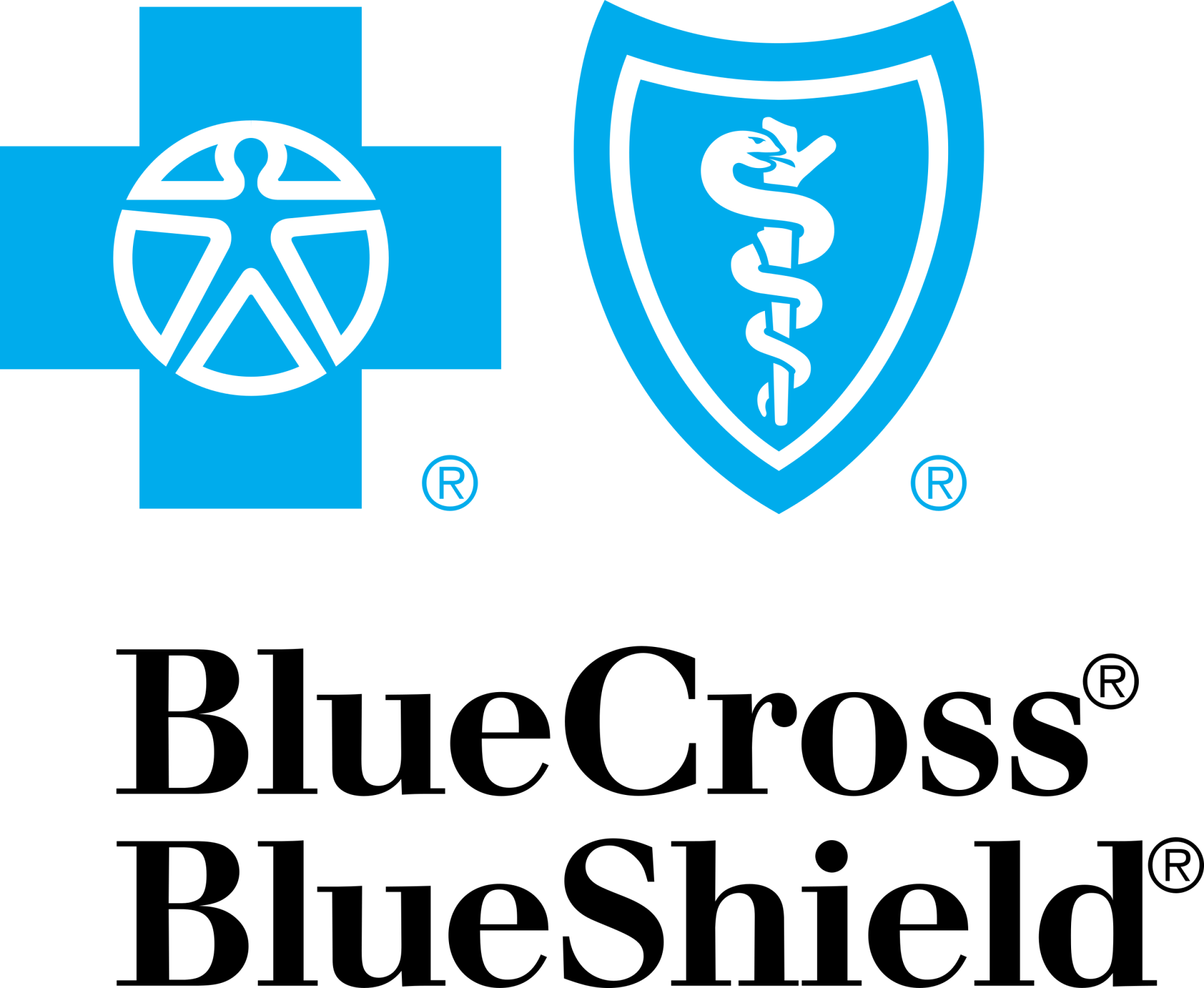Health Insurance Coverage Explained
 Health Insurance coverage can be a tricky thing to navigate. Do you know what your individual deductible is? If so, do you know about your family deductible and coinsurance for a specialist visit? Do you know if your provider is in network? Do you know if the services they perform will be covered? For most of us, myself included, health insurance has become seriously complex. Many times I’ve intervened on behalf of patients that have met their wits-end while attempting to understand their chiropractic or physical therapy benefit coverage. When I started into practice in 2008 I was able to see patients and handle insurance by myself. In 2020 I have a full-time team of 4 just to manage accepting health insurance. In an attempt to simplify some of the frequently used insurance terminologies, I put together this little cheat sheet to help in minimizing the frustration factor.
Health Insurance coverage can be a tricky thing to navigate. Do you know what your individual deductible is? If so, do you know about your family deductible and coinsurance for a specialist visit? Do you know if your provider is in network? Do you know if the services they perform will be covered? For most of us, myself included, health insurance has become seriously complex. Many times I’ve intervened on behalf of patients that have met their wits-end while attempting to understand their chiropractic or physical therapy benefit coverage. When I started into practice in 2008 I was able to see patients and handle insurance by myself. In 2020 I have a full-time team of 4 just to manage accepting health insurance. In an attempt to simplify some of the frequently used insurance terminologies, I put together this little cheat sheet to help in minimizing the frustration factor.
Co-insurance
A coinsurance occurs when there is cost-sharing between the insurance company and the covered member/family. The insurance company may tell you that your responsibility is a 20% co-insurance and that they will cover the rest of the charges (remaining 80%). Quite often a coinsurance comes in to play after an individual or family deductible has been reached.
Example: Your opthamologist visit is $400 and Optima informs you that you have a 20% coinsurance after meeting your $200 deductible. Currently, you have met $0 of your deductible. Your responsibility would be: $200 of the deductible and then 20% of the remaining $200 specialist visit charge = $40.00. The total you can expect to pay for the visit is around $240.
This can vary visit to visit depending on the types of services and procedures your healthcare provider performs (even when it may seem routine to you).
Co-pay
A copay is a set fee that you are responsible for each time you visit a doctor. There are usually tiers or copays where a primary care doctor is typically less than the copay you may have for a specialist. Some plans have a copay due in addition to a co-insurance.
Deductible
The set amount an individual or family must reach before transferring over to coinsurance coverage for medical services. Some plans have relatively low individual and family deductibles of $200 – $500 while other plans have larger $5000 – $9500 deductibles. Once you have met your deductible you may only be responsible for a fraction of the percentage of your medical care, referred to as a co-insurance. However, even if you have a deductible, your insurance company has likely provided you with a negotiated discount on services. In-network providers have agreed to discounted rates (although these are different for every insurance company).
Out of pocket maximum or stop loss
This is the absolute maximum a covered member or family will pay out of pocket for medical care including copays, deductibles, and co-insurance for a defined period of coverage (usually a calendar or a contract year)









